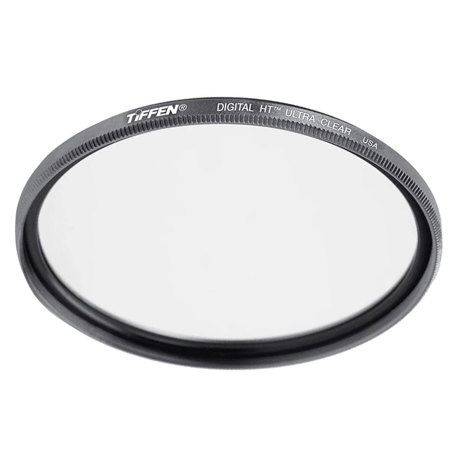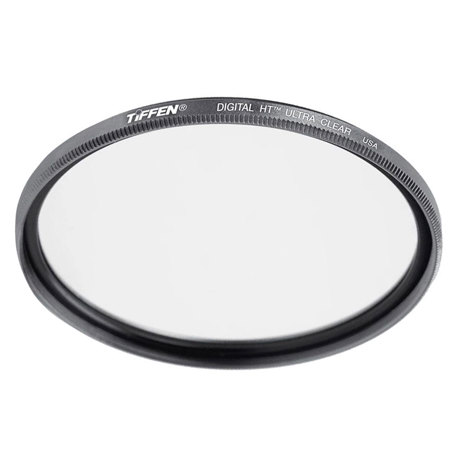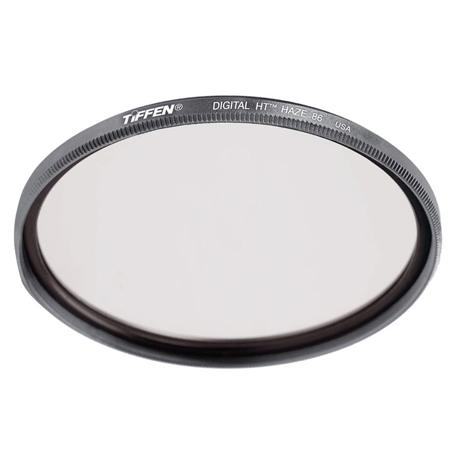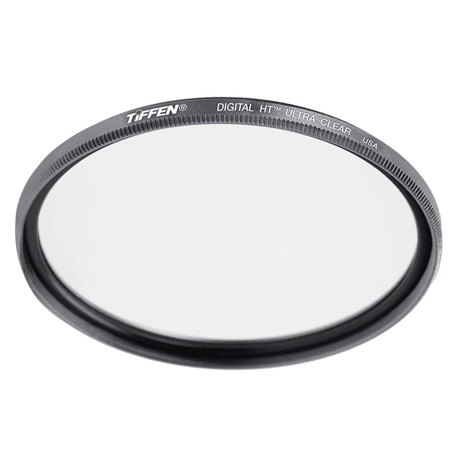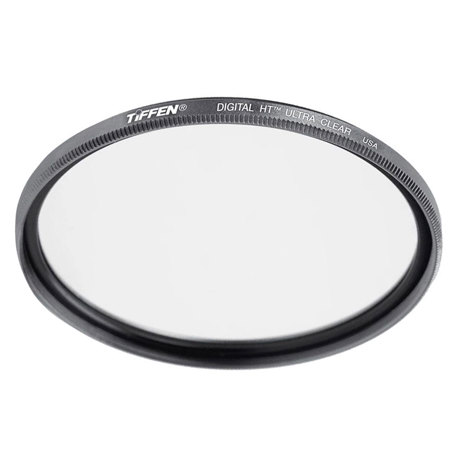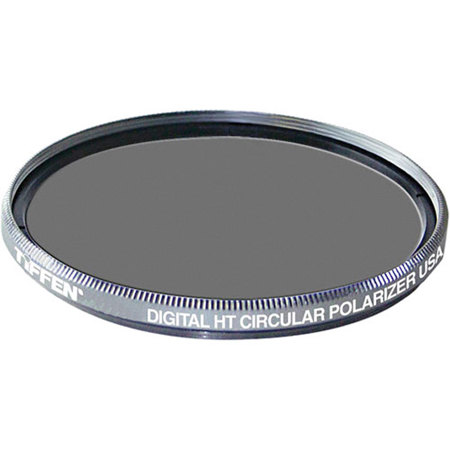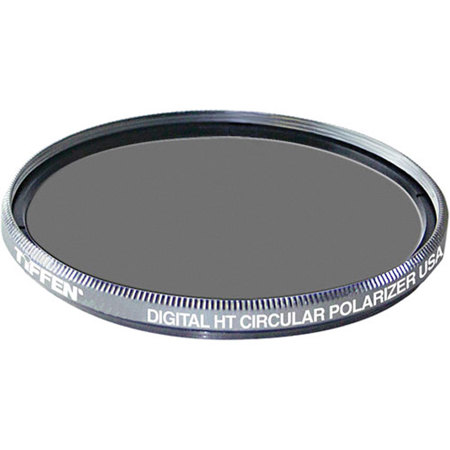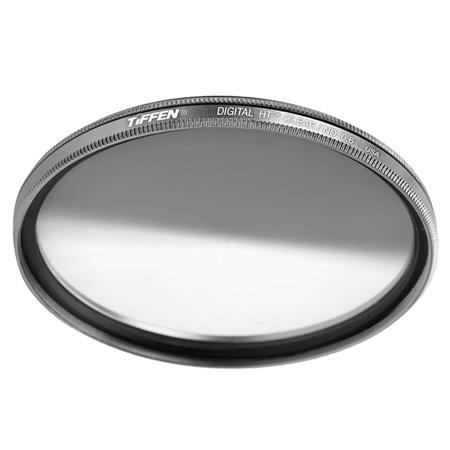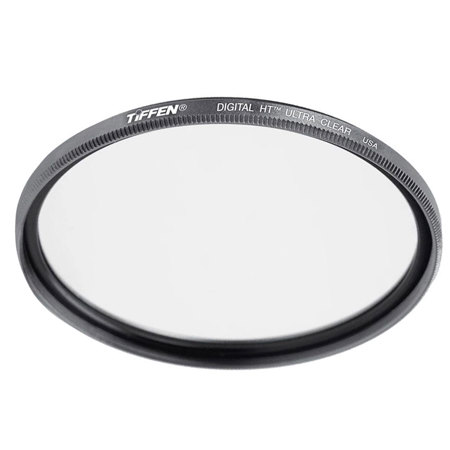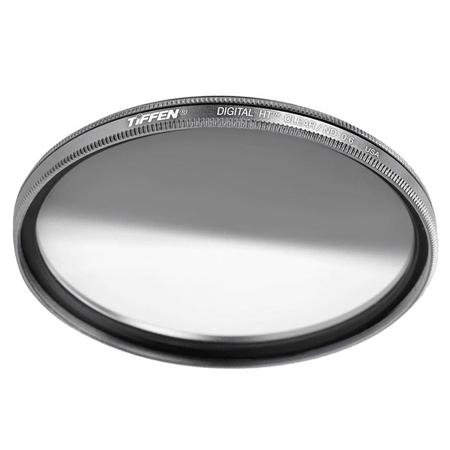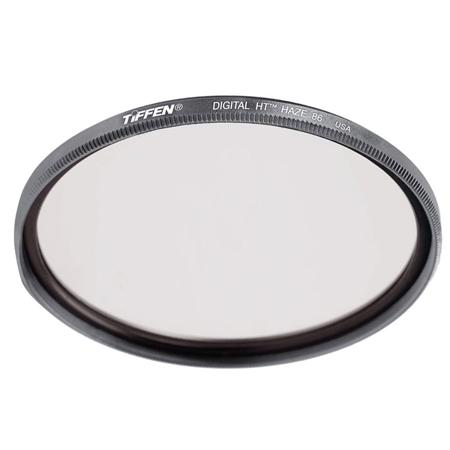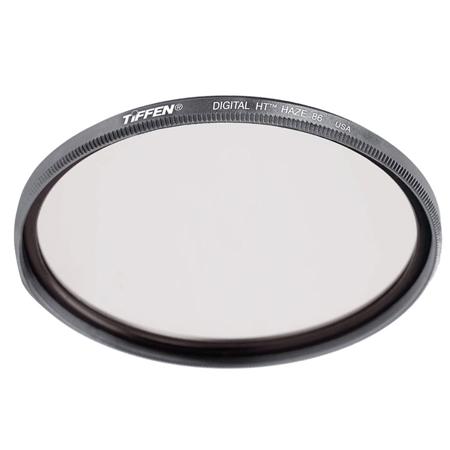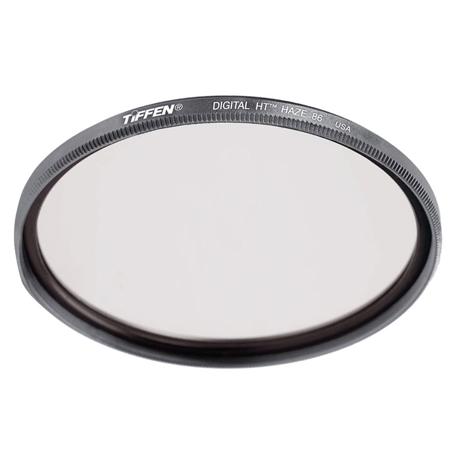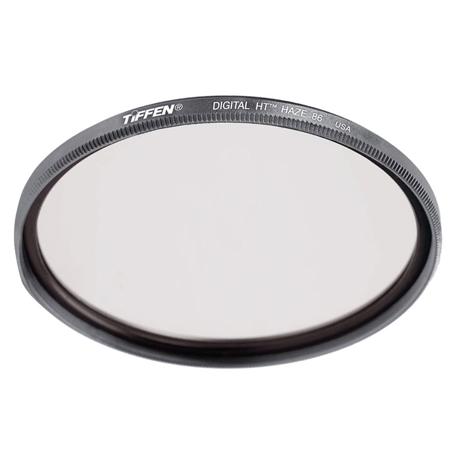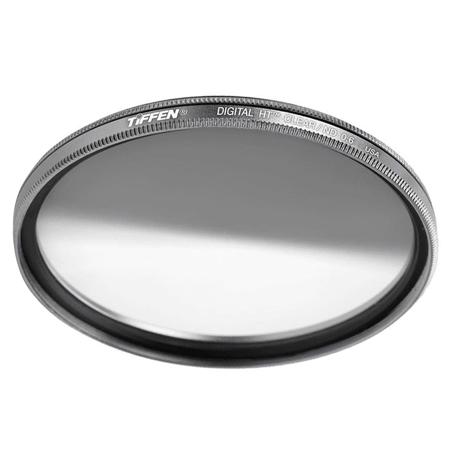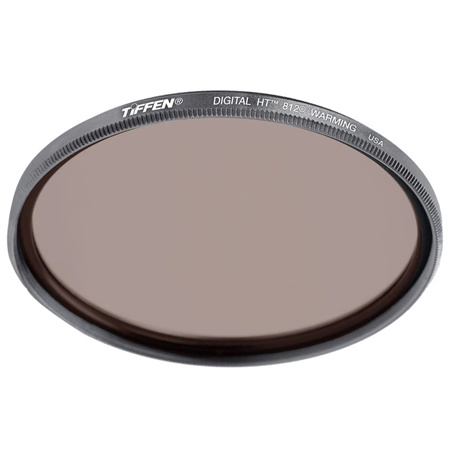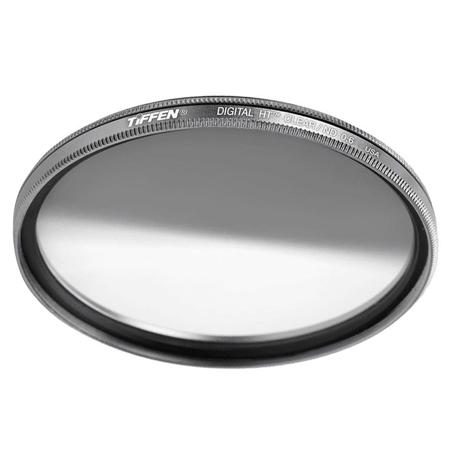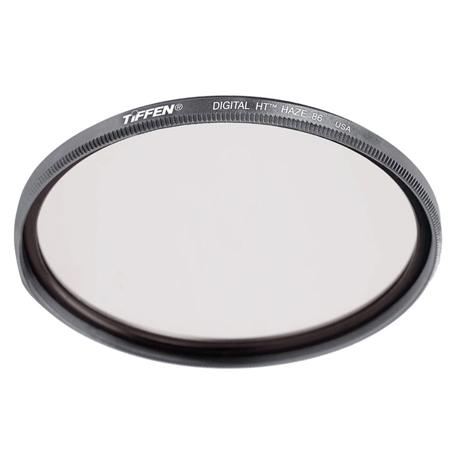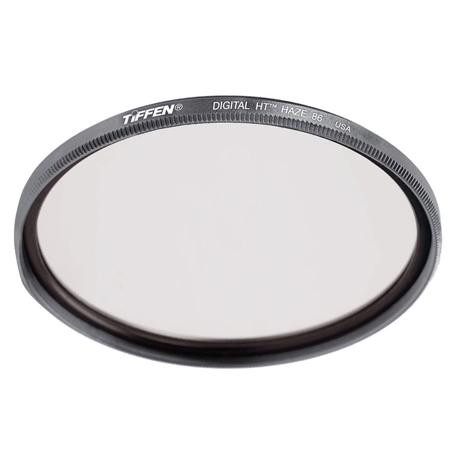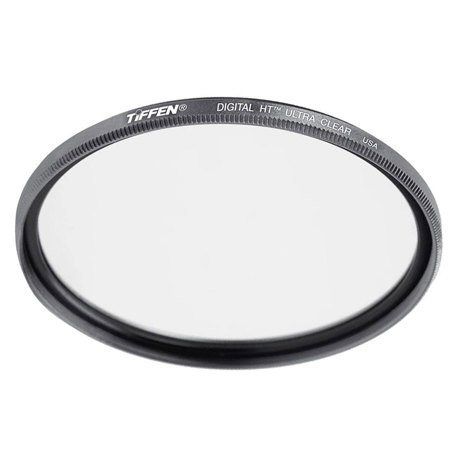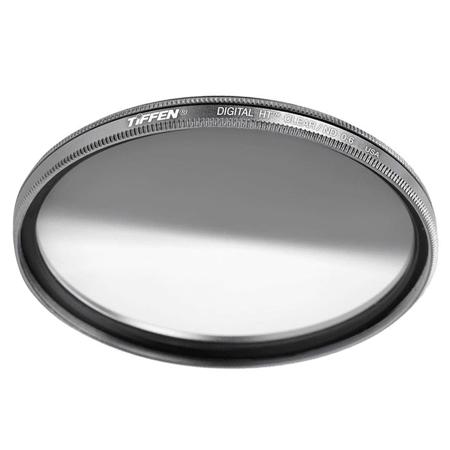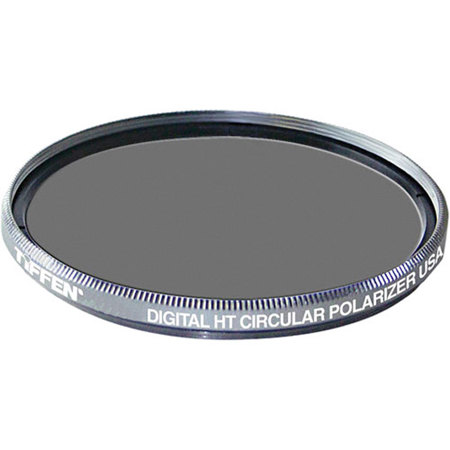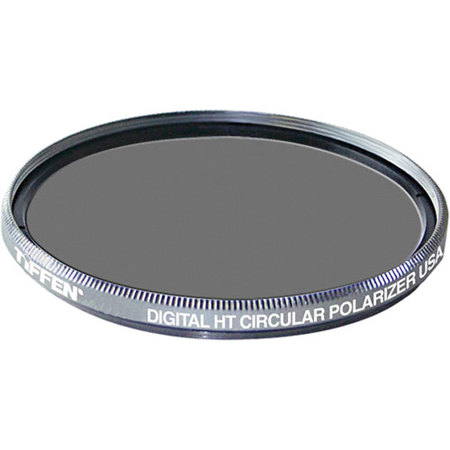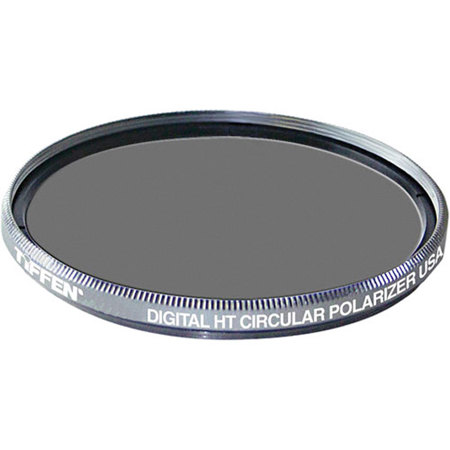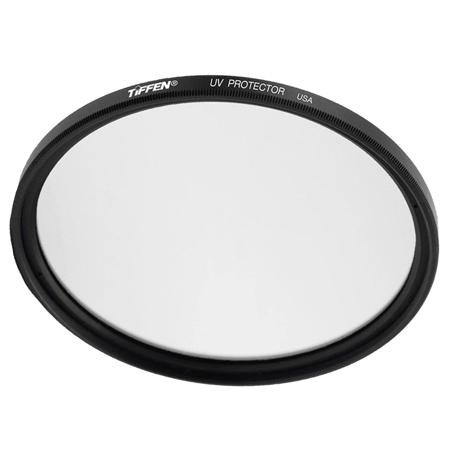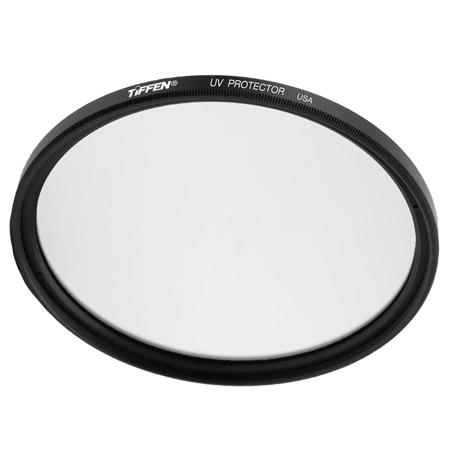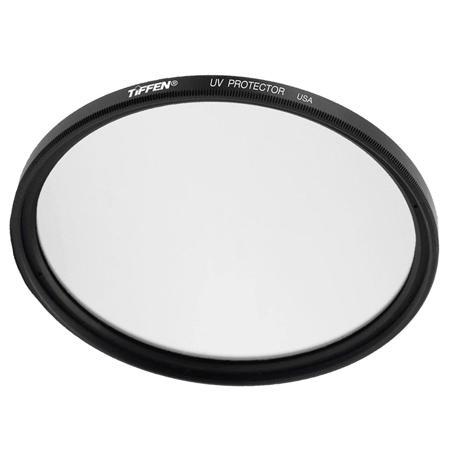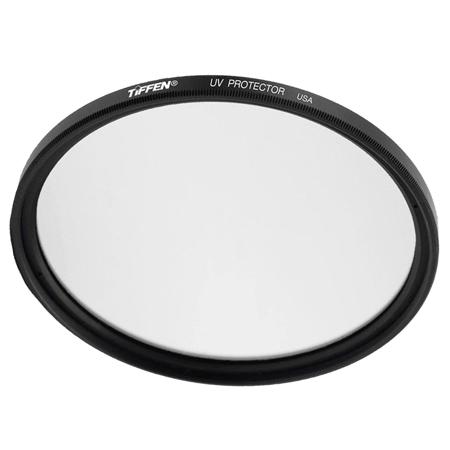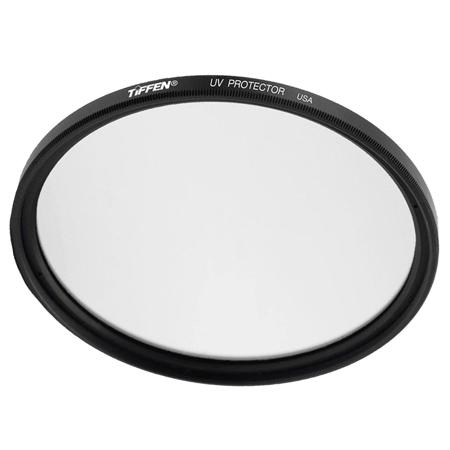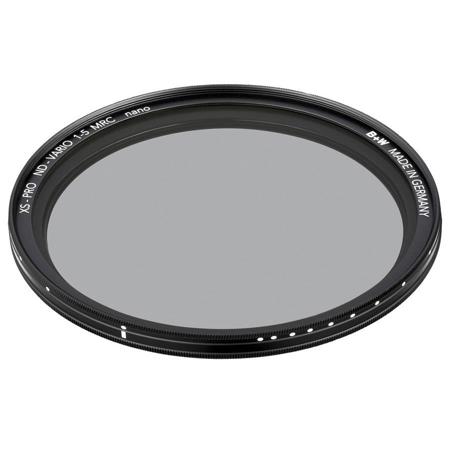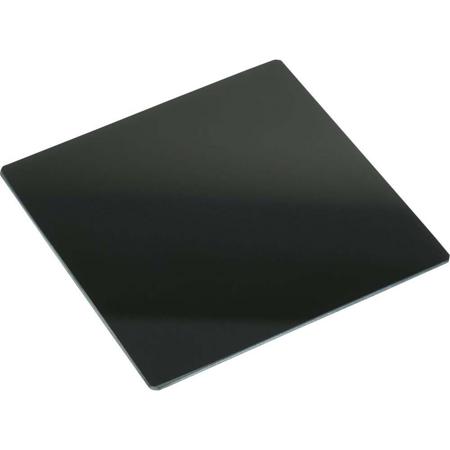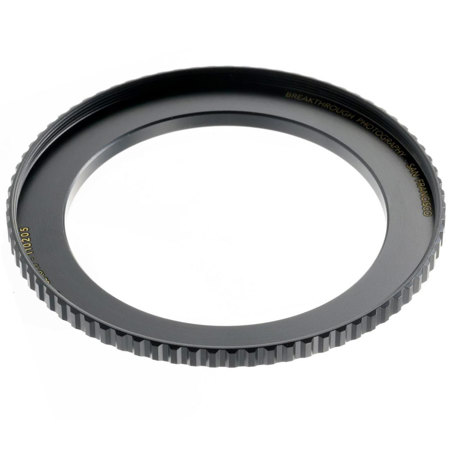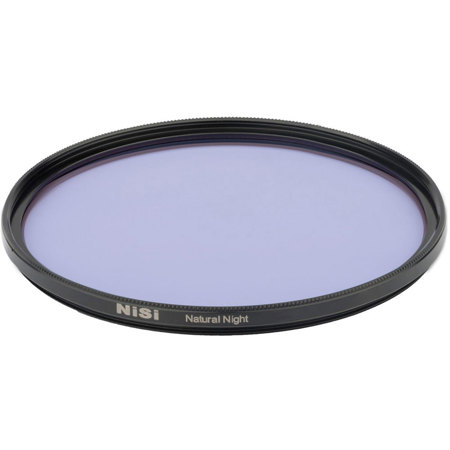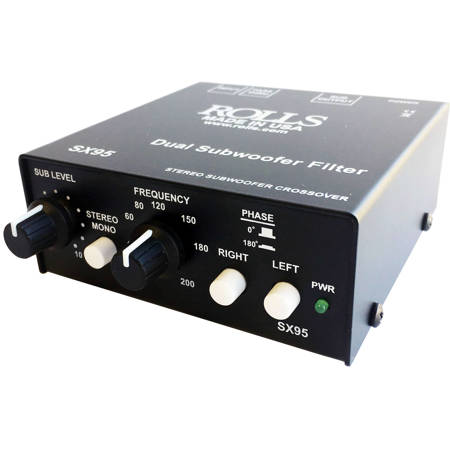Digital Filters
Digital filters play a fundamental role in the world of modern signal processing, serving as indispensable tools for photographers, videographers, audio engineers, and electronics enthusiasts alike. Unlike their analog counterparts, digital filters operate by manipulating discrete samples of a signal through sophisticated mathematical operations, enabling precise control over which frequency components are retained or removed. Whether you’re working with audio, video, or radio frequency signals, the choice between finite impulse response (FIR) and infinite impulse response (IIR) filters can be pivotal. FIR filters are renowned for their inherent stability and ability to achieve a perfectly linear phase response, which is crucial for applications where timing and signal integrity matter—think of mastering tracks in a recording studio or fine-tuning the clarity of spoken dialogue in a film edit. While FIR filters require more computational power, their predictability and resistance to drift from environmental changes make them a favorite for high-fidelity audio, professional video post-production, and specialized RF applications. On the other hand, IIR filters offer remarkable computational efficiency, making them ideal for embedded systems or portable devices where processing power is at a premium. They can deliver sharp filtering with fewer resources, though they do require careful design to maintain stability, especially in feedback-heavy environments.
For creators and engineers, digital filters unlock a world of creative and technical possibilities. In the realm of audio, they can be used to sculpt sound with precision—whether you’re isolating vocals, reducing background noise, or enhancing the warmth of an instrument. Video professionals rely on digital filters to sharpen images, reduce unwanted artifacts, or create atmospheric effects that set the mood for a scene. Even in RF and communications work, digital filters are used to manage bandwidth, suppress interference, and ensure reliable signal transmission. This versatility makes digital filters a thoughtful gift for anyone passionate about media production, music, or electronics—whether they’re a seasoned professional or an enthusiastic hobbyist. As autumn brings a flurry of creative projects and the approach of holiday gifting season, a well-chosen digital filter can be the key to unlocking new levels of quality and expression. The beauty of digital filters lies not just in their performance, but in their adaptability; algorithms can be updated or customized with ease, ensuring that your setup remains at the cutting edge as technology evolves.
When selecting a digital filter, consider the specific requirements of your workflow. Lowpass filters are invaluable for eliminating high-frequency noise, making them a staple in both audio mastering and image processing. Highpass filters, by contrast, preserve high-frequency detail while filtering out rumble or blur—perfect for enhancing clarity in both sound and vision. Bandpass and bandstop (notch) filters offer even more nuanced control, allowing you to target and modify specific frequency bands with surgical precision. Digital filters are immune to the variability that plagues analog designs; their performance remains consistent regardless of temperature, humidity, or component aging, and they are not subject to the manufacturing variations that can compromise analog circuits. For those seeking even greater flexibility, consider exploring Adjustable Filters, which provide real-time control over filtering parameters to suit dynamic projects and evolving creative needs. With digital filters, you gain not only superior performance-to-cost ratios but also the confidence that your results will be repeatable, reliable, and ready to meet the demands of any season or setting.
For creators and engineers, digital filters unlock a world of creative and technical possibilities. In the realm of audio, they can be used to sculpt sound with precision—whether you’re isolating vocals, reducing background noise, or enhancing the warmth of an instrument. Video professionals rely on digital filters to sharpen images, reduce unwanted artifacts, or create atmospheric effects that set the mood for a scene. Even in RF and communications work, digital filters are used to manage bandwidth, suppress interference, and ensure reliable signal transmission. This versatility makes digital filters a thoughtful gift for anyone passionate about media production, music, or electronics—whether they’re a seasoned professional or an enthusiastic hobbyist. As autumn brings a flurry of creative projects and the approach of holiday gifting season, a well-chosen digital filter can be the key to unlocking new levels of quality and expression. The beauty of digital filters lies not just in their performance, but in their adaptability; algorithms can be updated or customized with ease, ensuring that your setup remains at the cutting edge as technology evolves.
When selecting a digital filter, consider the specific requirements of your workflow. Lowpass filters are invaluable for eliminating high-frequency noise, making them a staple in both audio mastering and image processing. Highpass filters, by contrast, preserve high-frequency detail while filtering out rumble or blur—perfect for enhancing clarity in both sound and vision. Bandpass and bandstop (notch) filters offer even more nuanced control, allowing you to target and modify specific frequency bands with surgical precision. Digital filters are immune to the variability that plagues analog designs; their performance remains consistent regardless of temperature, humidity, or component aging, and they are not subject to the manufacturing variations that can compromise analog circuits. For those seeking even greater flexibility, consider exploring Adjustable Filters, which provide real-time control over filtering parameters to suit dynamic projects and evolving creative needs. With digital filters, you gain not only superior performance-to-cost ratios but also the confidence that your results will be repeatable, reliable, and ready to meet the demands of any season or setting.
